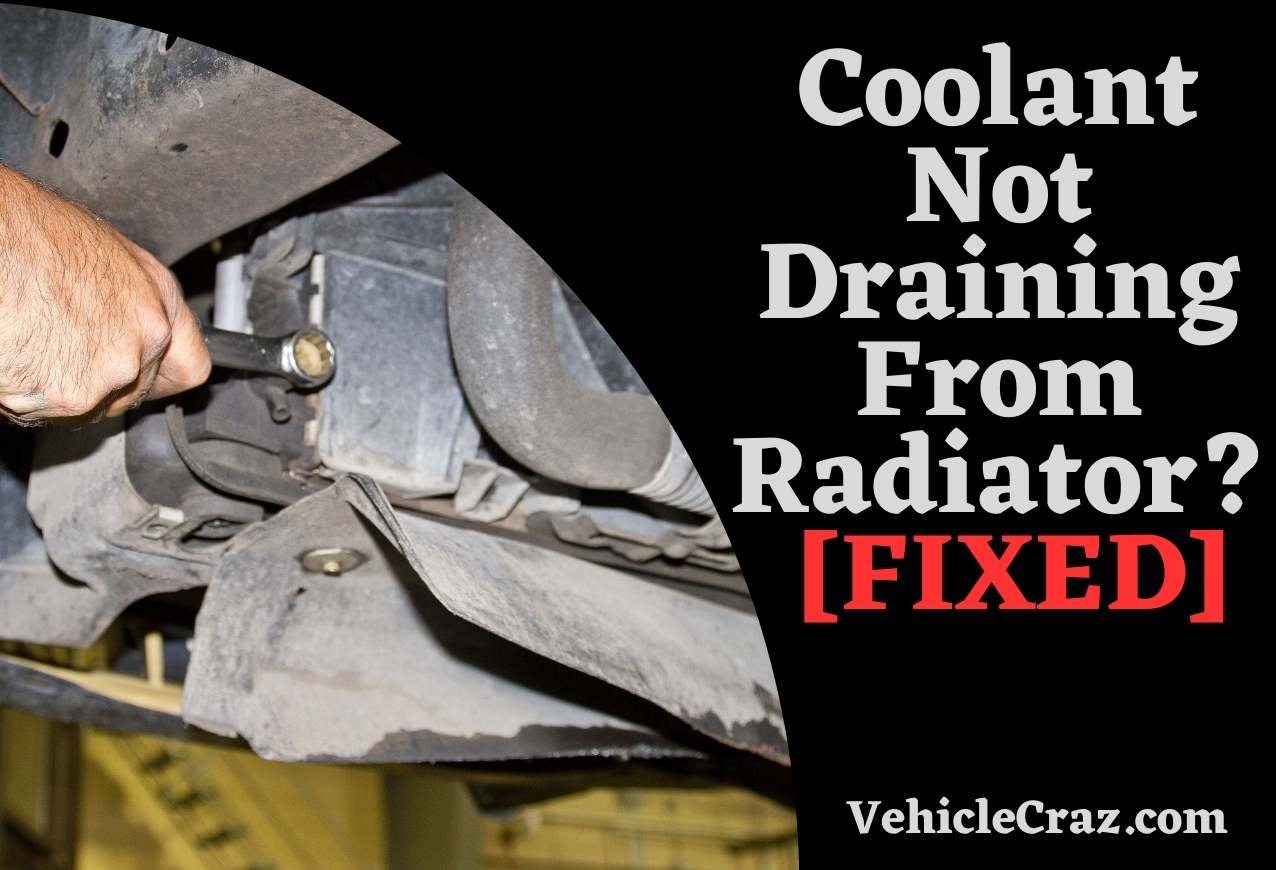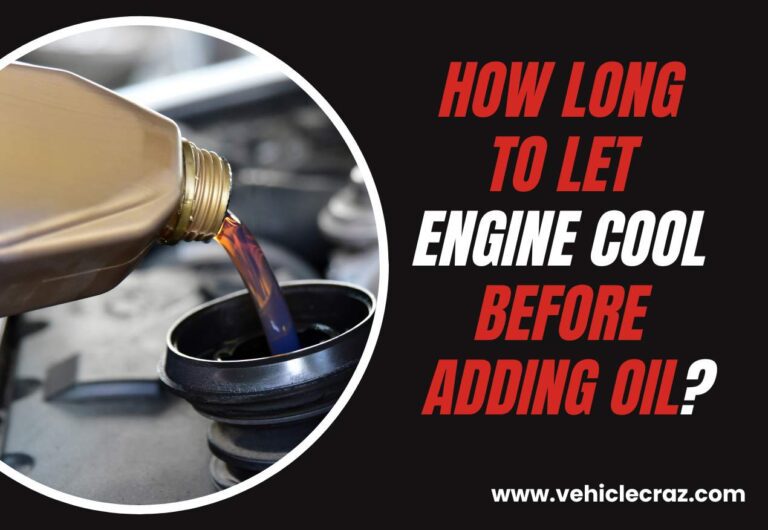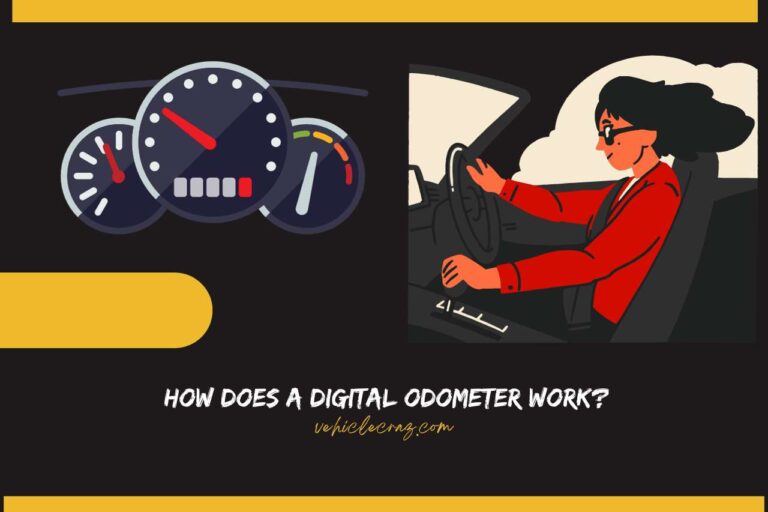Coolant Not Draining From Radiator? [FIXED]
we can understand the frustration of dealing with a blocked radiator drain. If the coolant is not draining from the radiator, there are certain things you can try yourself as a vehicle owner. In this informative guide, we will let you know some common causes of a blocked radiator drain as well as what can you do if antifreeze is not coming out of the radiator drain.
What Causes Radiator Drain Plug Blocks?
Radiator drain plug blocks can occur due to sediment buildup, coolant additives, corrosion, improper coolant, foreign objects, radiator cap issues, and coolant gel formation.
Sediment, rust, and contaminants can accumulate over time, obstructing the drain. Coolant additives or using the wrong type of coolant can also lead to radiator drain blockages.
In addition, corrosion inside the radiator can block the drain. Debris or foreign objects can enter the radiator and block the drain as well. The easiest thing to do in order to prevent radiator drain blocks is to regularly flush the cooling system and use the correct coolant.
What to Do If Coolant Not Draining From Radiator?
Here is what you can do to fix the problem.
1st Step
Dealing with a hot radiator can be very dangerous. So, the first thing you must do is allow sufficient time to cool down the engine and radiator.
2nd Step
Next, you need to locate the drain valve of the radiator which is usually located under the radiator itself. This can be different from one vehicle model to another. However, it should look like a plug or a small valve.
3rd Step
Now open the valve using a wrench; a pair of pliers also can be used for the same results. Note that opening the drain valve of a radiator is not a task that requires great force. So, do not force it as it could damage the valve.
4th Step
If the valve is blocked, which is the case here, you may need to flush the radiator using a garden hose. However, if the build-up is strong and flushing with a garden hose doesn’t help, you will have to use a commercial radiator cleaner to get rid of the blocks.
5th Step
By now, you should be able to drain the existing coolant and clean the radiator. If not, we highly recommend visiting a professional and seeking assistance.
Is it Okay to Not Drain Coolant Before Adding New?
Although it is possible to add new coolant before draining the old, it is something that we don’t recommend because if you add new coolant without draining the old coolant, you are diluting the new coolant with the old coolant. This can affect the coolant’s ability to protect your engine from overheating and corrosion.
In addition, coolant needs to be mixed with water in the correct ratio (typically 50/50) for optimal performance. If you don’t drain the old coolant first, you won’t be able to add the correct mixture of coolant and water.
Most importantly, old coolant in the reservoir may have contaminants in it. If you add new coolant without draining, the new coolant’s effectiveness will be lost and it won’t provide you with the intended results.
How Often to Drain Coolant?
In general, it’s recommended to replace coolant every 30,000 to 60,000 miles or every two to five years, whichever comes first. However, some modern coolants are designed to last longer and may only need to be replaced every 100,000 miles or more.
That said, we recommend checking with your manufacturer’s manual for the recommendations for your vehicle. If you notice any signs of coolant contamination, it’s a good idea to have your coolant drained and replaced.
How to Prevent Radiator Blocks?
To prevent radiator blocks, we recommend following the below-mentioned steps.
- As mentioned earlier, performing regular maintenance on your cooling system, including flushing the radiator and replacing the coolant is super important to prevent radiator blocks.
- Use the correct type of coolant recommended for your vehicle. Mixing different types of coolant can lead to blockages. In addition, it can lead to other cooling system problems.
- Inspect the radiator regularly for debris, dirt, and other contaminants. Clean the radiator as needed to prevent blockages.
- We recommend installing a coolant filter in your vehicle’s cooling system as it can help trap debris and contaminants, reducing the risk of blockages.
- Check your vehicle’s coolant level regularly and top up as needed. Low coolant levels can lead to overheating and potential blockages.
Related Articles


I’m Alex, a seasoned mechanical teacher with over 20 years of hands-on experience in Australia. My passion for all things automotive has driven me to establish this blog, aiming to share my wealth of knowledge and expertise with fellow enthusiasts, DIYers, and anyone keen on understanding the mechanics behind the machines we rely on daily.







